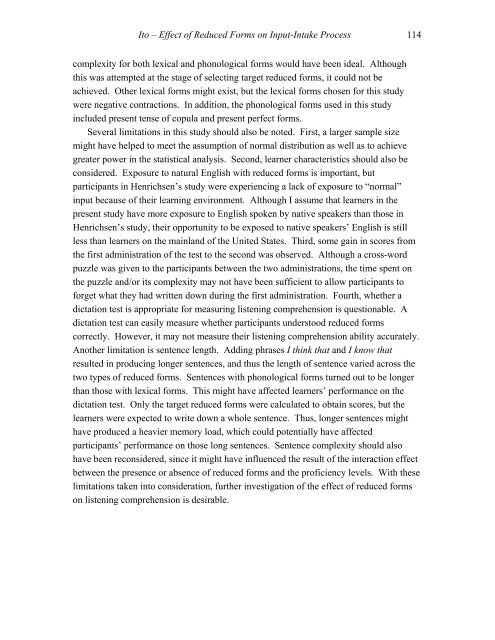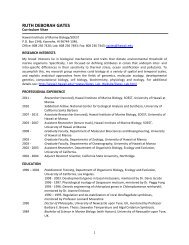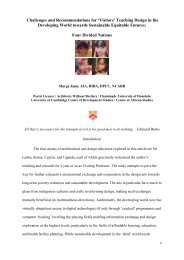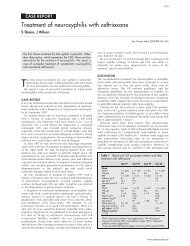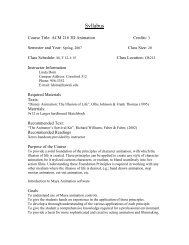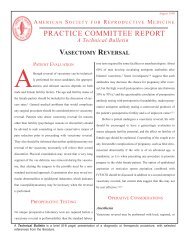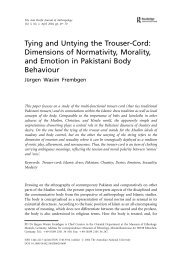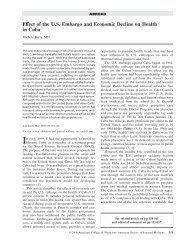EFFECT OF REDUCED FORMS ON ESL LEARNERS' INPUT ...
EFFECT OF REDUCED FORMS ON ESL LEARNERS' INPUT ...
EFFECT OF REDUCED FORMS ON ESL LEARNERS' INPUT ...
You also want an ePaper? Increase the reach of your titles
YUMPU automatically turns print PDFs into web optimized ePapers that Google loves.
Ito – Effect of Reduced Forms on Input-Intake Process 114<br />
complexity for both lexical and phonological forms would have been ideal. Although<br />
this was attempted at the stage of selecting target reduced forms, it could not be<br />
achieved. Other lexical forms might exist, but the lexical forms chosen for this study<br />
were negative contractions. In addition, the phonological forms used in this study<br />
included present tense of copula and present perfect forms.<br />
Several limitations in this study should also be noted. First, a larger sample size<br />
might have helped to meet the assumption of normal distribution as well as to achieve<br />
greater power in the statistical analysis. Second, learner characteristics should also be<br />
considered. Exposure to natural English with reduced forms is important, but<br />
participants in Henrichsen’s study were experiencing a lack of exposure to “normal”<br />
input because of their learning environment. Although I assume that learners in the<br />
present study have more exposure to English spoken by native speakers than those in<br />
Henrichsen’s study, their opportunity to be exposed to native speakers’ English is still<br />
less than learners on the mainland of the United States. Third, some gain in scores from<br />
the first administration of the test to the second was observed. Although a cross-word<br />
puzzle was given to the participants between the two administrations, the time spent on<br />
the puzzle and/or its complexity may not have been sufficient to allow participants to<br />
forget what they had written down during the first administration. Fourth, whether a<br />
dictation test is appropriate for measuring listening comprehension is questionable. A<br />
dictation test can easily measure whether participants understood reduced forms<br />
correctly. However, it may not measure their listening comprehension ability accurately.<br />
Another limitation is sentence length. Adding phrases I think that and I know that<br />
resulted in producing longer sentences, and thus the length of sentence varied across the<br />
two types of reduced forms. Sentences with phonological forms turned out to be longer<br />
than those with lexical forms. This might have affected learners’ performance on the<br />
dictation test. Only the target reduced forms were calculated to obtain scores, but the<br />
learners were expected to write down a whole sentence. Thus, longer sentences might<br />
have produced a heavier memory load, which could potentially have affected<br />
participants’ performance on those long sentences. Sentence complexity should also<br />
have been reconsidered, since it might have influenced the result of the interaction effect<br />
between the presence or absence of reduced forms and the proficiency levels. With these<br />
limitations taken into consideration, further investigation of the effect of reduced forms<br />
on listening comprehension is desirable.


